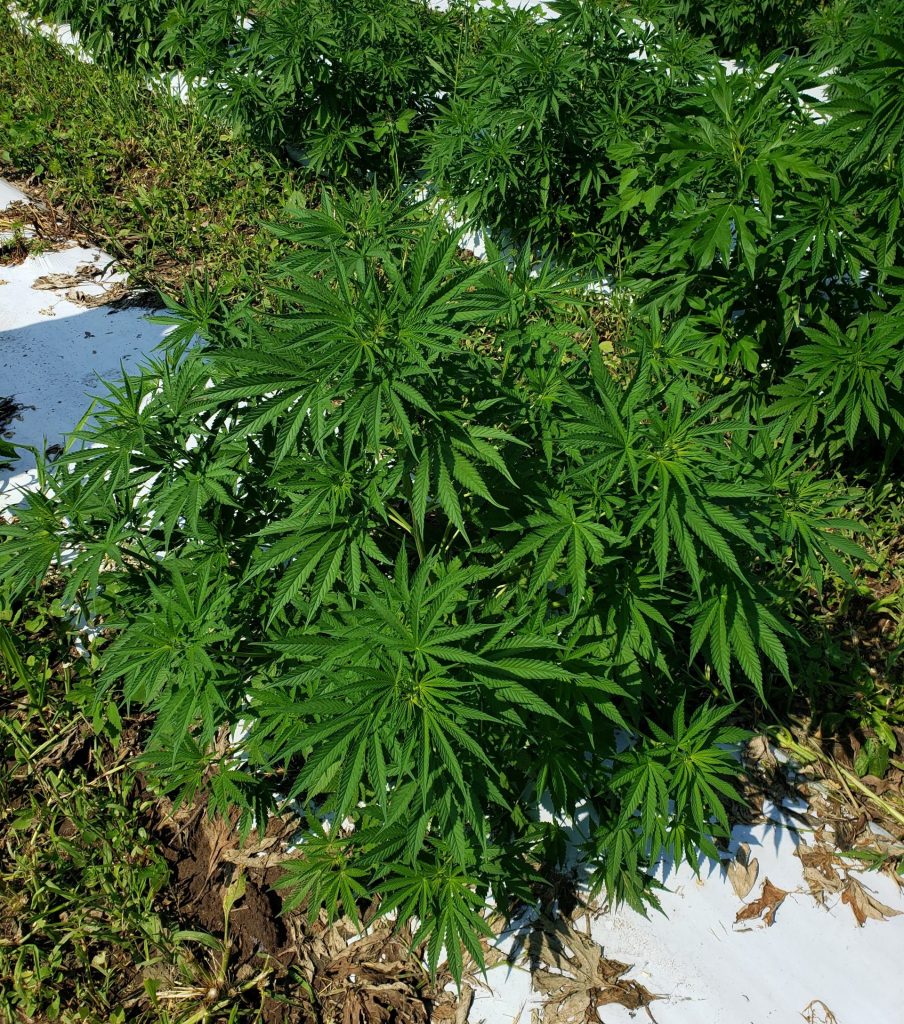On January 15, 2021, the Agricultural Marketing Service (AMS) released the final rule for industrial hemp production pursuant to the Agriculture Improvement Act of 2018, better known as the 2018 Farm Bill. This finalizes the interim rule that AMS published on Halloween of 2019. In the interim rule, several policies where almost immediately identified as problematic for the new hemp industry. One of the main concerns dealt with 0.3% THC level for industrial hemp. AMS is not authorized to change the definition for industrial hemp as that is set by statute at 7 U.S.C.A. § 1639o(1). This statute defines hemp as “the plant Cannabis sativa L. and any part of that plant, including the seeds thereof and all derivatives, extracts, cannabinoids, isomers, acids, salts, and salts of isomers, whether growing or not, with a delta-9 tetrahydrocannabinol concentration of not more than 0.3 percent on a dry weight basis.”[1] At the end of the previous Congress, Senator Rand Paul of Kentucky introduced the Hemp Economic Mobilization Plan (HEMP) Act of 2020, which would raise the THC limit from 0.3% to 1.0% and would require that only the final product are tested instead of the plants in the field. This bill has expired, but is likely to be introduced in the new Congress.
The other concern raised with THC testing was the fact that AMS intended to look at the total THC in the collected samples and not just the naturally occurring THC. There was a split in how states were conducting THC tests and the total THC testing program was among the strictest approaches. AMS has chosen to remain with this standard in the final rule. AMS also continued with the “uncertainty measurement” that was introduced in the interim final rule which allows for a margin of error based on the testing labs equipment and methodologies. To learn more about the testing protocols and interim final rule click here.
Issues arose from the release of the interim final rule regarding disposal of non-compliant crops (those that tested “hot” for THC) and the need to have compliance tests ran through a Drug Enforcement Agency (DEA) registered laboratory. On February 27, 2020, AMS released an enforcement discretion notice addressing both of these issues. AMS granted greater flexibility on crop disposal other than burning the non-compliant crop and they suspended the need to use DEA registered laboratories due to their small number creating a bottleneck. To learn more about the enforcement discretion notice click here.
The final rule made relatively few changes to the interim final rule and the enforcement discretion notice. As stated above, the total THC test, using techniques such as “post-decarboxylation or other similarly reliable methods”[2] was maintained. AMS did not finalize the sampling guidance in the interim final rule and the final rule is allowing states and tribes to adopt a performance-based approach for sampling so long as AMS approves of their approach. With the two issues that were addressed in the enforcement discretion notice from last February, AMS has largely maintained the status quo. They plan on releasing a guidance document at a later date on acceptable remediation techniques and on the issue with using DEA registered labs for compliance testing there are still an insufficient number of labs so AMS is continuing to suspend this requirement for another year.
Other changes made by the final rule allow for a higher THC level for negligent violations and a change in the timing for sample collections. Negligent violations were for crops that tested in the range from 0.31% up to 0.5% in the interim final rule and now negligent violations include crops that test all the way up to 1.0%. The second change on when to collect samples promises to have a broader impact to the industry. In the interim final rule, producers were required to collect the compliance testing samples within a 15-day window before harvest began. This window is a relatively short period of time when one considers that many hemp growers in the state will all be harvesting around same time. The new sample period in the final rule extends the sampling period up to 30 days before harvest.
Industrial hemp faces other challenges outside of the cultivation requirements. One of the primary drivers for the cultivation of industrial hemp has been the burgeoning CBD market. As of the date of this blog article, FDA still has not legalized the usage of CBD oil in food products or dietary supplements. Other uses, such as for fiber and oilseed, remain a distant second to the CBD market because of the lack of infrastructure to process these products.
Resources:
NALC Industrial Hemp Reading Room
NALC Compilation of State Industrial Hemp Statutes
[1] 7 U.S.C.A. § 1639o(1).
[2] 2018 Farm Bill Sec. 297B(a)(2)(A)(ii).
